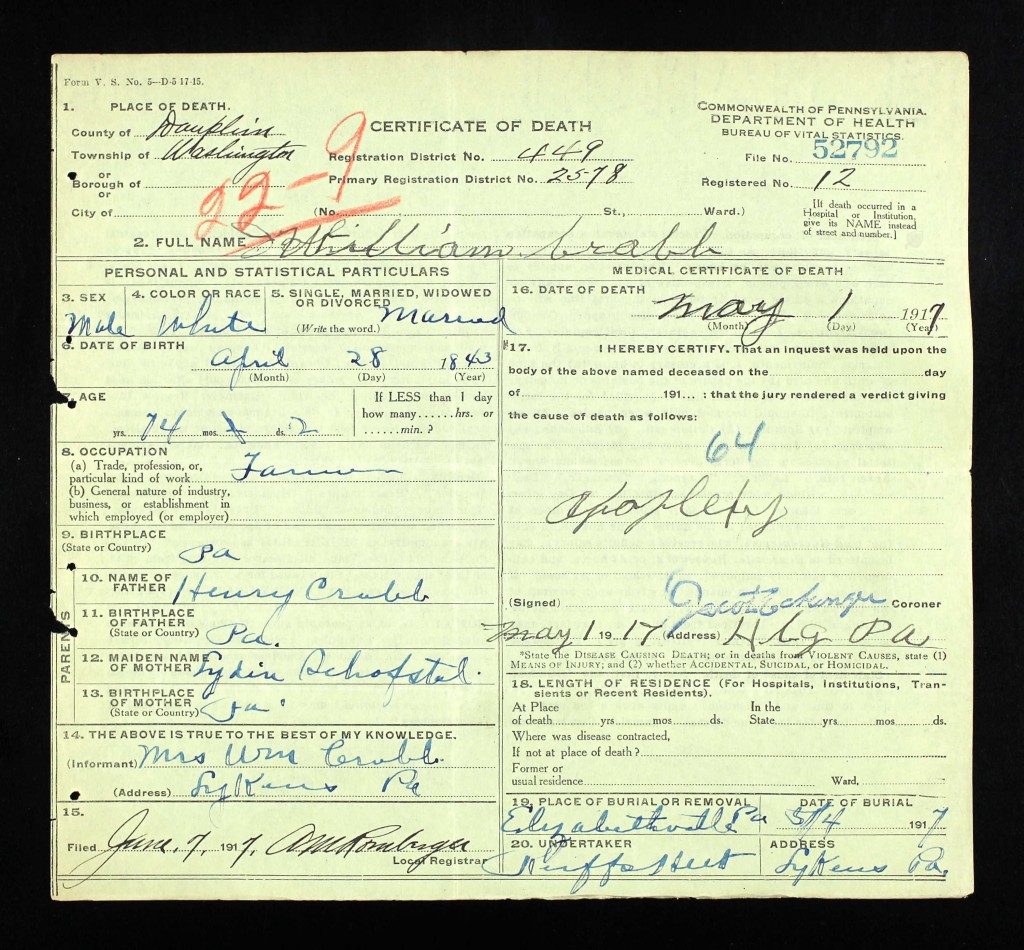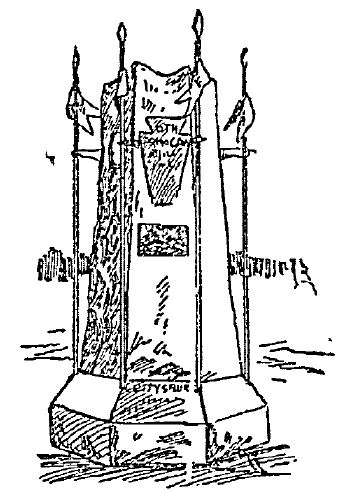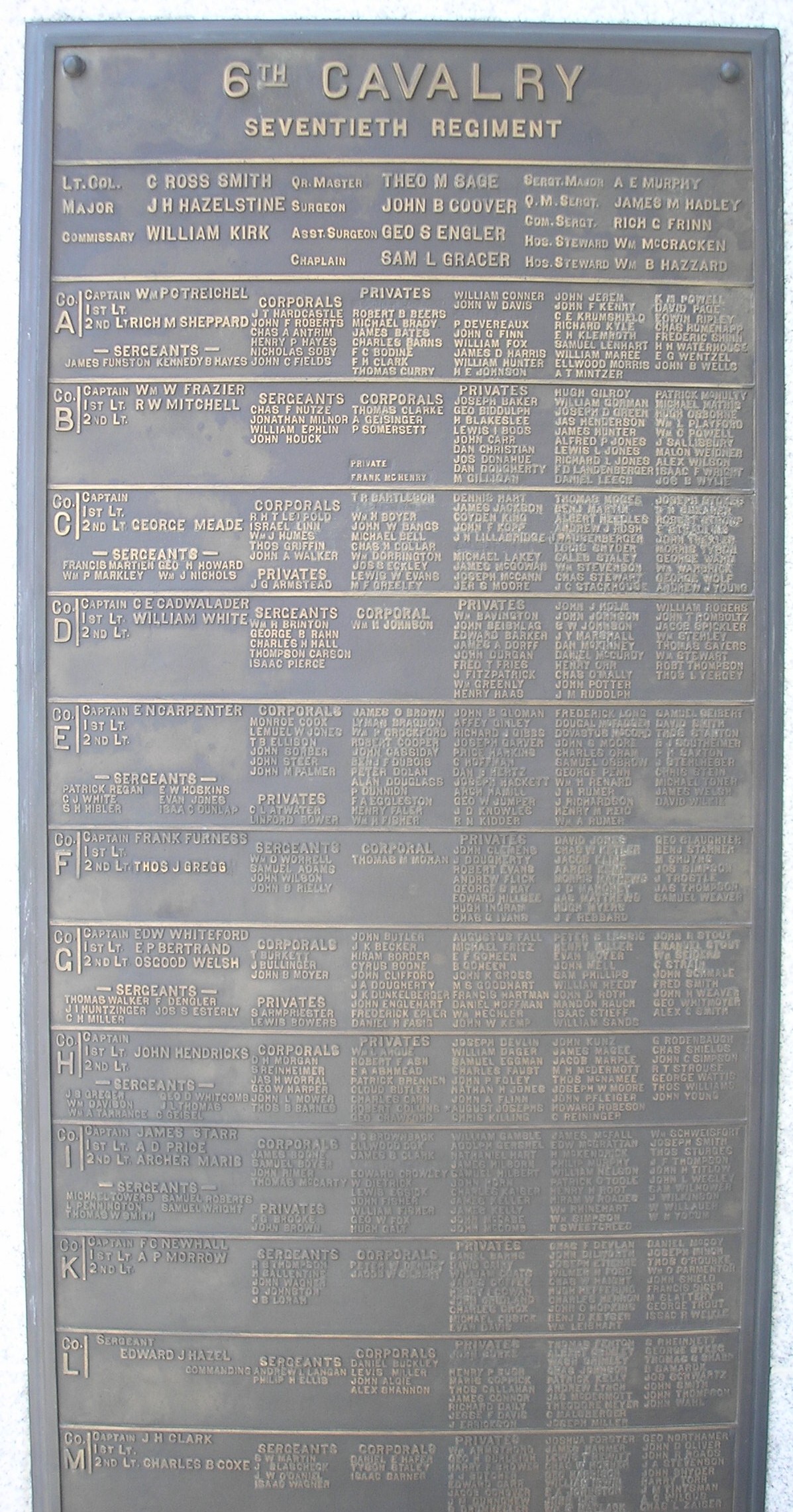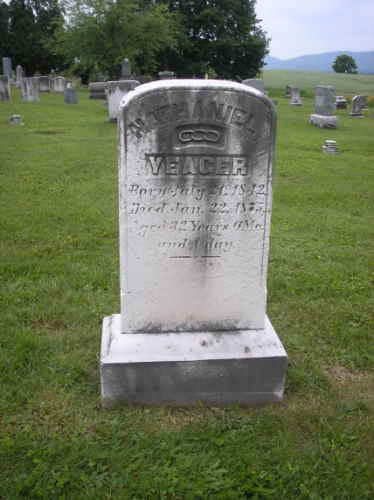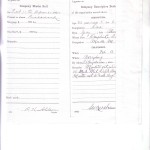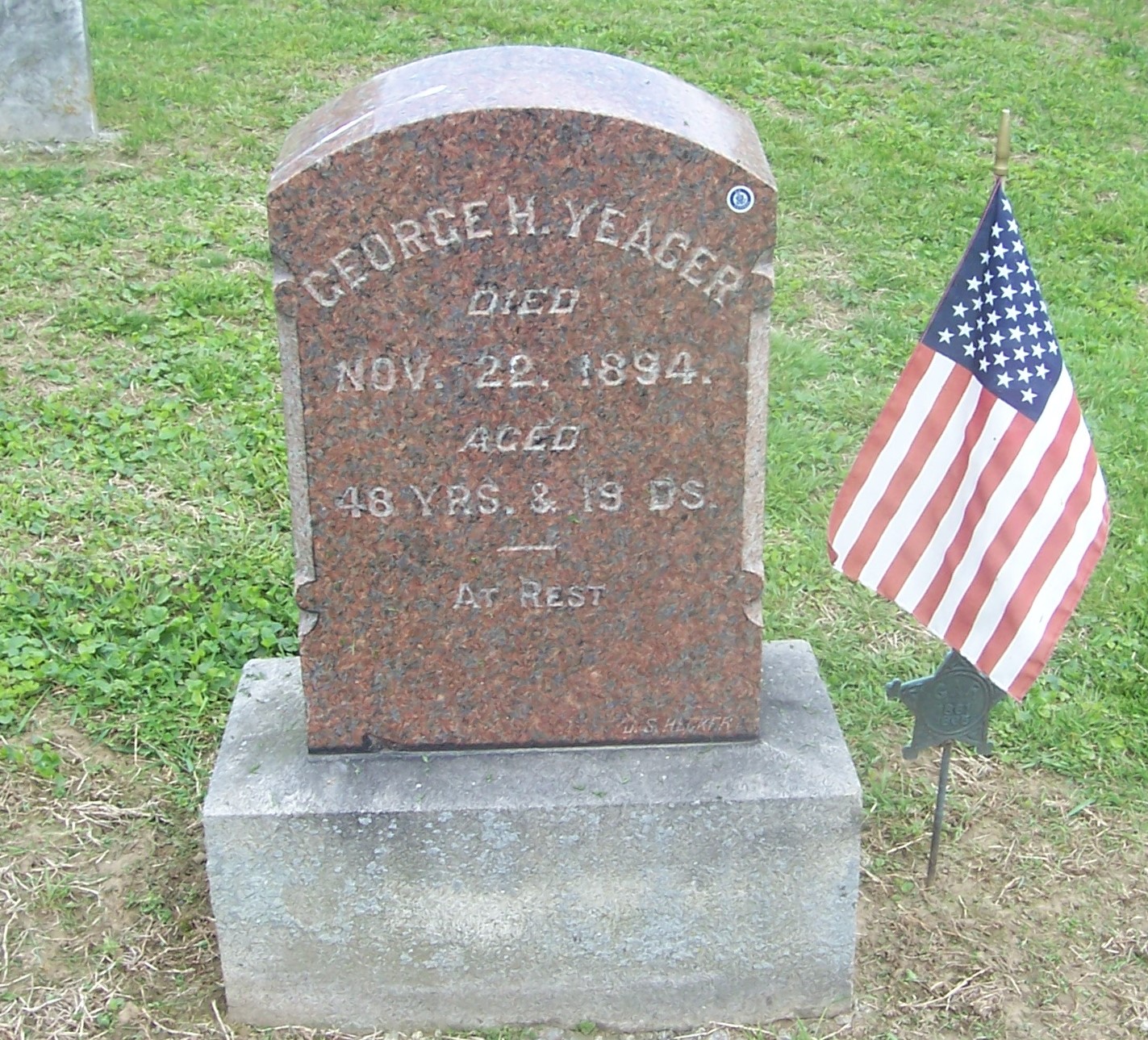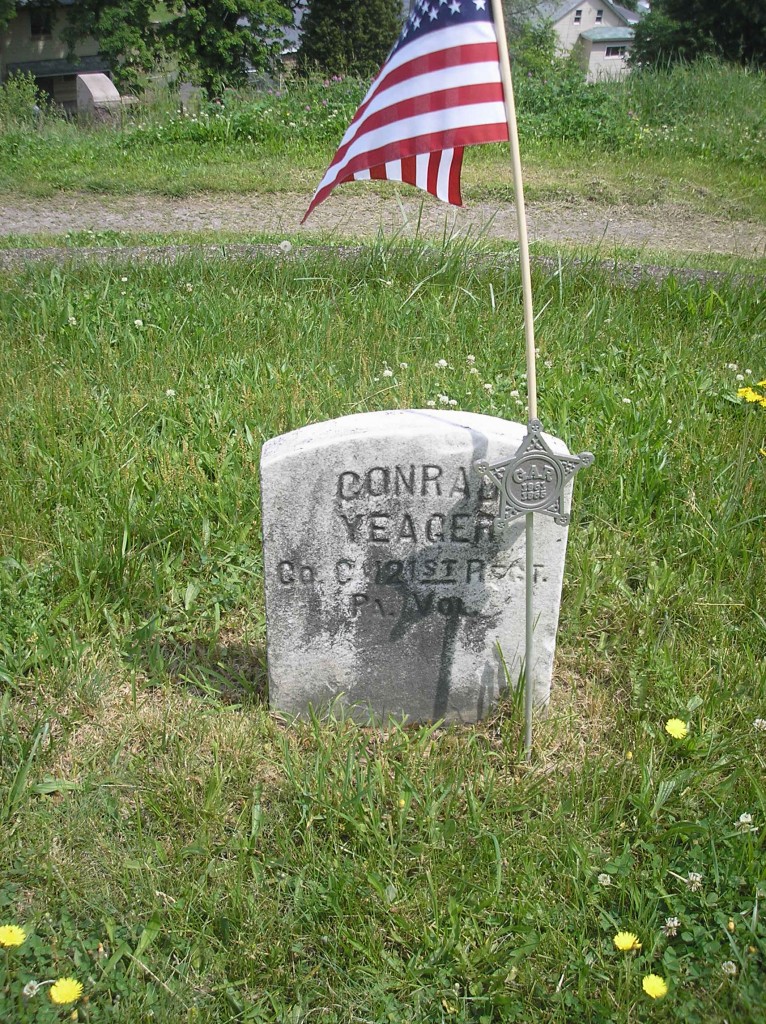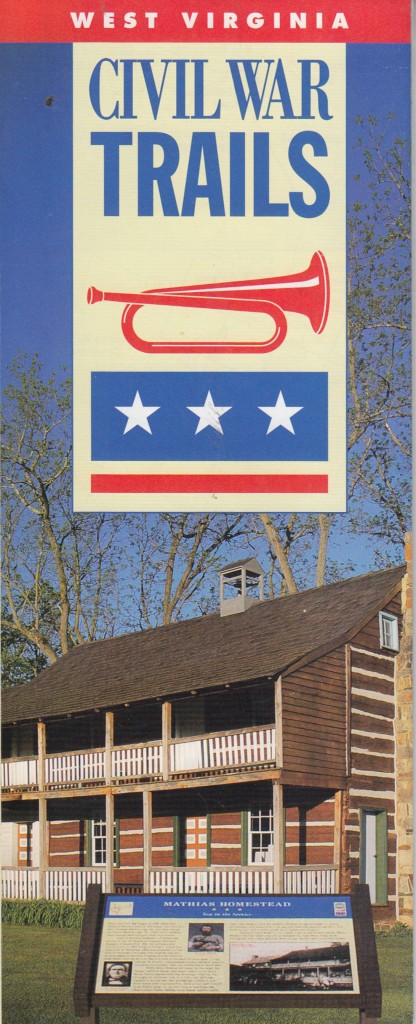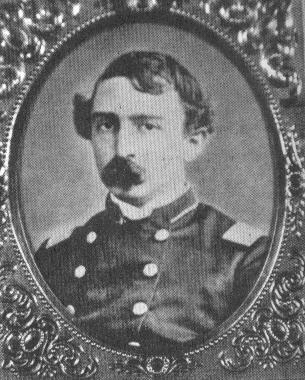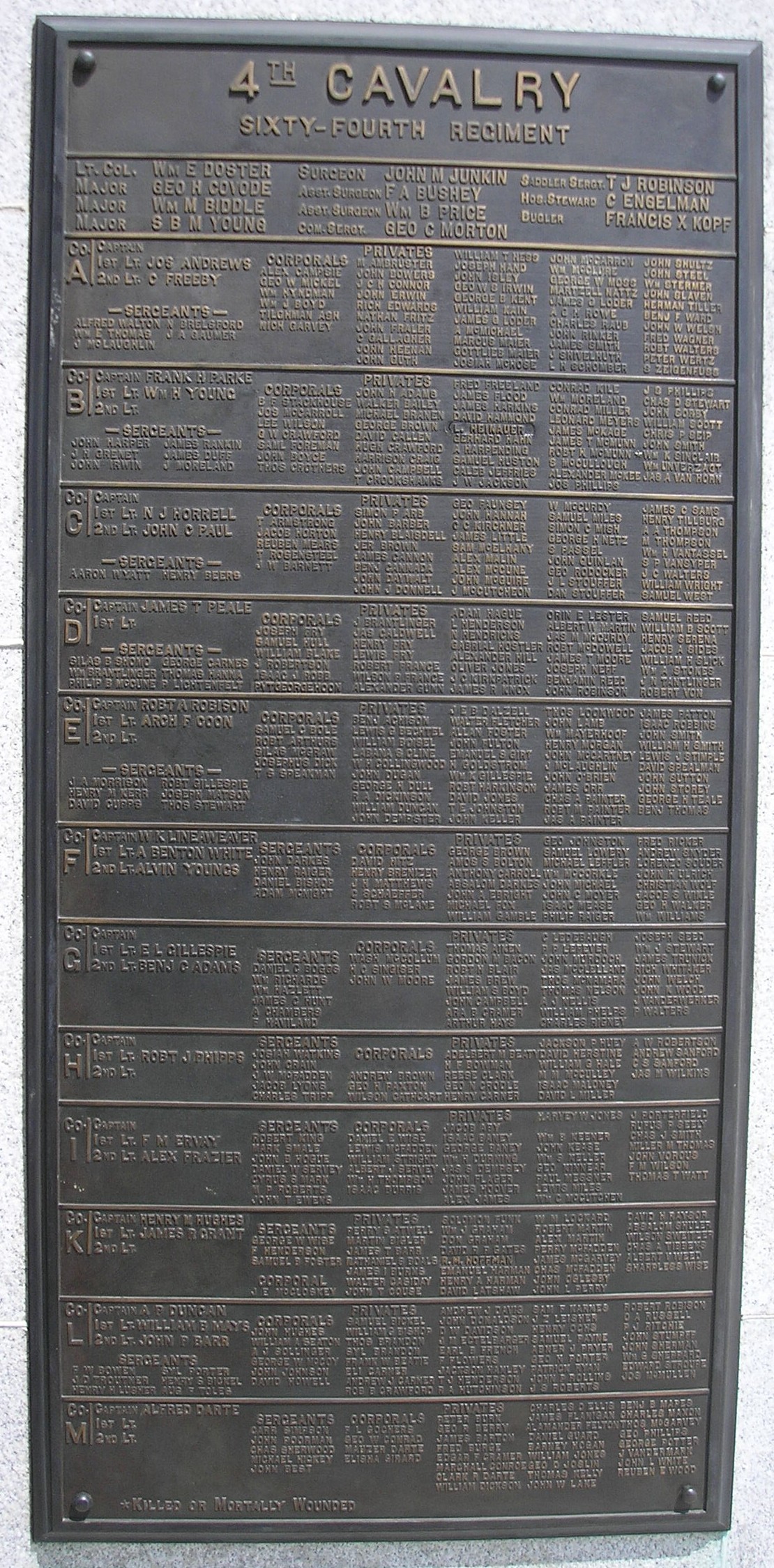Was William P. Crabb an African-American?
Posted By Norman Gasbarro on May 15, 2015
The William P. Crabb who joined the 11th Pennsylvania Cavalry on 15 August 1864, did so at Harrisburg, claiming to be 25 years old (born in Adams County), was of dark complexion, residing in Frailey Township, Schuylkill County, and was employed as a miller.
Prior to the above enlistment, a William P. Crabb, age 21 and occupation laborer, enrolled in the 5th U.S. Cavalry, Company E, in 1861 (born in Adams Co., and of sallow complexion), but was discharged for disability, 1 July 1862, at Camp Cliffbourne, Washington, D.C.
According to the death certificate of William Crabb, he was a white male, born 28 April 1843, the son of Henry Crabb and Lydia [Schoffstall] Crabb.
Henry Crabb, the father of William Crabb, was born 13 April 1817, and died 18 February 1856 in Gratz, Dauphin County, Pennsylvania, and is buried in Gratz Union Cemetery. One row in front of Henry Crabb, Lydia [Schoffstall] Crabb, the mother of William Crabb, is buried. She was born 26 May 1826 in Lykens Township, Dauphin County, and died on 10 September 1873. Although she is buried in the Crabb Family Plot, her stone bears the statement that she was the wife of Joseph Witman, who was her second husband.
It has always been assumed that Henry Crabb was the son of Peter Crabb (1787- c 1860), a blacksmith and early settler of Gratz. Peter Crabb is found in the 1830, 1840 and 1850 Censuses as colored or mulatto.
In 1830, Henry Crabb would have been 13 years old (born in 1817) and would have been the only child of Peter Crabb in the “free colored, age 10-23” range. In the 1830 Census, only 1 such child is listed in that range, probably Henry Crabb.
In 1840, Henry Crabb would have been 23 years old and would not have been the only child of Peter Crabb in the “free colored, age 10-23” range. In the 1840 Census, only one such child is listed in that range, but it is not known whether this is Henry or younger brother Benjamin Crabb (who was 16) or Jeremiah Crabb (who was 14). It is highly probable that two of these young men would have been living and working elsewhere.
1n 1850, Henry Crabb would have been 33 years old. He has not yet been located in the 1850 Census, but if son William was born in Adams County, then it is possible that he might be found in records there. In the 1850 Census for Lykens Township, Peter Crabb is a blacksmith, and listed as mulatto, as are all members of his family.
In 1850 Census, there is a William Crabb, age 10, living in the household of Nicholas Dutter, a farmer, in Lattimore, Adams County, Pennsylvania. The “color” column is left blank.
In the 1850 Census for Lykens Township, Edward Crabb, age 18, a mulatto, is living in the household of Samuel Umholtz, and working as a laborer. It has always been presumed that he was the son of Peter Crabb and younger brother of Henry Crabb (1817-1856). This is the same Edward Crabb who served in the 36th Pennsylvania Infantry (Emergency of 1863) during the Civil War. And, it is the same Edward Crabb/Grabb, who in 1880 is black. Edward is buried in Gratz Union Cemetery in the Crabb family plot.
In the 1860 Census, there is a William Crabb, age 17, living in the household of Samuel Schoffstall, a farmer, in Lykens Township. Samuel Schoffstall was the brother of Lydia [Schoffstall] Crabb, the mother of William Crabb. William Crabb‘s occupation is given as “servant.” The “color” column (white, black, mulatto) is left blank on the entire census page, so there is no way to determine how he was racially counted in 1860.
To have served in the 11th Pennsylvania Cavalry in 1864-1865, he would have had to be white. At that time, African Americans could only join the U.S. Colored Troops. His complexion could have been light enough for him to pass for white. Note: The Pennsylvania state militia groups had no such restrictions and, as shown above, Edward Crabb, who was black, served in the Emergency Militia of 1863.
No record has been located for a William Crabb (11th Pennsylvania Cavalry) in the 1890 Veterans’ Census for Pennsylvania.
The 1870 marriage record from St. John’s Lutheran Church, Berrysburg, for William Crabb and Sarah Welker, gives the address for both as “Lykens Valley.”
From research at the Gratz Historical Society:
In 1860, after Henry Crabb [the father of William] died, his widow Lydia lived alone. Her son William lived with Samuel Schoffstall and Sarah Schoffstall…. Lydia [Lydia Ann Schoffstall] continued to live in her small house in Gratz for a number of years until she married Joseph Witman (1833-1898), a Civil War veteran. Joseph was a tinsmith.
According to Findagrave, William Crabb is buried at Maple Grove Cemetery, Elizabethville, Dauphin County.
No pension application has been located for William Crabb in the Pension Index Cards of Fold3 or Ancestry.com.
The only conclusion that can drawn from this is that the grandfather of William Crabb – Peter Crabb, one of the founders of Gratz Borough – is definitely named in several censuses as colored or mulatto and William Crabb is definitely descended from that Peter Crabb. Because William’s mother was white, and he was light-skinned enough to pass, he and his descendants chose to call themselves white thereafter.
 ;
;

